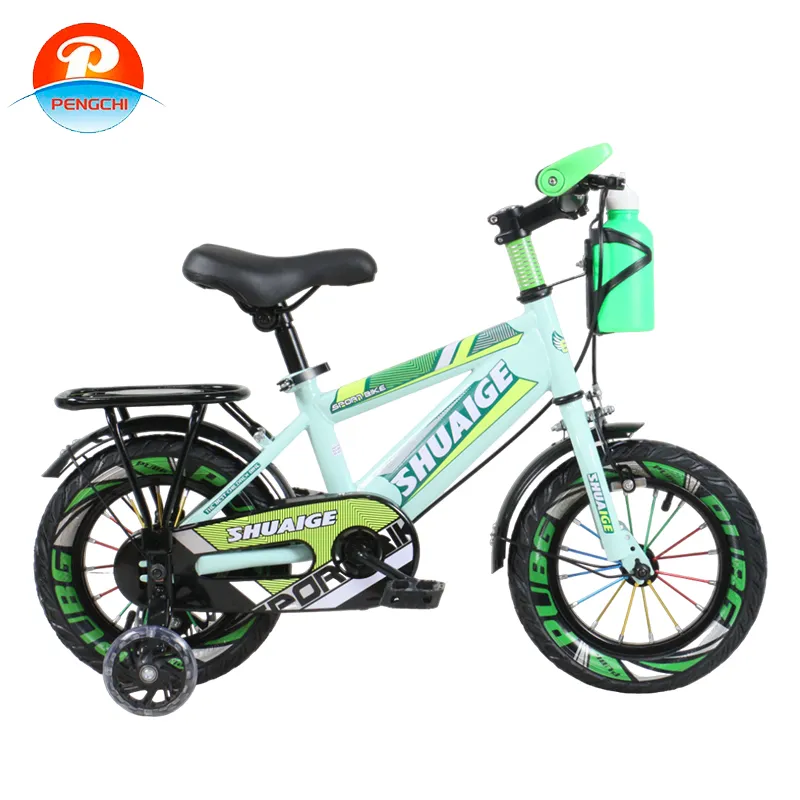
-
 Afrikaans
Afrikaans -
 Arabic
Arabic -
 Belarusian
Belarusian -
 Bengali
Bengali -
 Bulgarian
Bulgarian -
 Croatian
Croatian -
 Czech
Czech -
 Danish
Danish -
 Dutch
Dutch -
 English
English -
 Finnish
Finnish -
 French
French -
 German
German -
 Greek
Greek -
 hawaiian
hawaiian -
 Hebrew
Hebrew -
 Hindi
Hindi -
 Hungarian
Hungarian -
 Indonesian
Indonesian -
 irish
irish -
 Italian
Italian -
 Japanese
Japanese -
 Javanese
Javanese -
 kazakh
kazakh -
 Khmer
Khmer -
 Korean
Korean -
 Kyrgyz
Kyrgyz -
 Lao
Lao -
 Latin
Latin -
 Luxembourgish
Luxembourgish -
 Malay
Malay -
 Myanmar
Myanmar -
 Norwegian
Norwegian -
 Persian
Persian -
 Polish
Polish -
 Portuguese
Portuguese -
 Romanian
Romanian -
 Russian
Russian -
 Serbian
Serbian -
 Slovak
Slovak -
 Somali
Somali -
 Spanish
Spanish -
 Swedish
Swedish -
 Tagalog
Tagalog -
 Thai
Thai -
 Turkish
Turkish -
 Turkmen
Turkmen -
 Ukrainian
Ukrainian -
 Uighur
Uighur -
 Vietnamese
Vietnamese
Dec . 20, 2024 19:01 Back to list
A Guide to Choosing the Right Size for Children's Bikes
Understanding Children's Bike Sizes A Comprehensive Guide
Choosing the right bike for your child is crucial not only for their comfort but also for their safety and enjoyment. As children grow quickly, selecting an appropriately sized bike is essential to encourage a lifelong love for cycling. In this guide, we will explore how to determine the right bike size for children, the different size categories, and what to consider when making this important decision.
Why Bike Size Matters
When it comes to children’s bikes, size is a critical factor. A bike that is too large can make it difficult for a child to control, leading to accidents and injuries. Conversely, a bike that is too small can hinder their ability to pedal and maneuver effectively. The right size bike will allow children to reach the handlebars and pedals comfortably while maintaining proper balance.
Measuring for the Perfect Fit
To find the right bike size, it’s essential to measure your child appropriately. The most common method is to measure their inseam, which is the distance from the crotch to the floor. This measurement will help you determine the appropriate wheel size for their new bike.
Here’s a simple chart to guide you
- 12-inch wheels Suitable for children aged 2 to 4 years with an inseam of 14 to 17 inches. - 14-inch wheels Ideal for kids aged 4 to 6 years with an inseam of 16 to 20 inches. - 16-inch wheels Best for children aged 5 to 8 years with an inseam of 18 to 22 inches. - 20-inch wheels Designed for kids aged 6 to 12 years with an inseam of 22 to 25 inches. - 24-inch wheels Great for children aged 8 to 12 years with an inseam of 24 to 28 inches. - 26-inch wheels Generally suitable for older kids and teens, usually over 12 years, with an inseam of 28 inches and above.
children's bike sizes

Testing the Fit
Once you have determined the appropriate wheel size, it’s important to test the fit. Have your child straddle the bike to check for clearance. When standing over the top tube, there should be around 1 to 2 inches of clearance for a bike with a crossbar and 3 to 4 inches for a bike without one. Ensure that they can reach the handlebars comfortably without overstretching, and make sure they can easily use the brakes with their hands.
Other Considerations
Beyond just the size, there are a few other factors to consider when choosing a bike for your child
- Weight of the Bike Children’s bikes should be lightweight so they can handle and control them without excessive effort. - Brakes Consider whether you want a bike with hand brakes or coaster brakes (pedal brakes). Younger children may find coaster brakes easier to use. - Type of Bike Decide on the type of bike that suits your child’s needs—whether a balance bike, a mountain bike, or a road bike. Each type serves different purposes and riding styles.
Encouraging Safe Riding
Once you have selected the right bike, it’s important to emphasize safety. Ensure that your child always wears a helmet and appropriate protective gear. Teach them the basics of riding safely, including stopping properly, signaling turns, and being aware of their surroundings.
In conclusion, choosing the right bike size for your child is an essential step in ensuring they have a positive and safe cycling experience. With the right measurements and considerations in mind, you can help your child find their perfect ride, encouraging a healthy, active lifestyle and a love for cycling that can last a lifetime. Happy cycling!
-
Premium Titanium Road Bike: Lightweight & Durable
NewsAug.01,2025
-
Red Black BMX Bike with GPT-4-Turbo AI Tech
NewsJul.31,2025
-
New Red Anti-theft E-Bike | Easy Ride City Commuter
NewsJul.31,2025
-
BMX 20 Inch Bikes for Freestyle & Street | Fat Tire Options Available
NewsJul.30,2025
-
322 High Quality 26 Inch 21 Speed Adult Mountain Bike OEM MTB
NewsJul.29,2025
-
Specialized Kids Mountain Bikes - Safe, Durable & Fun Riding Experience
NewsJul.29,2025

